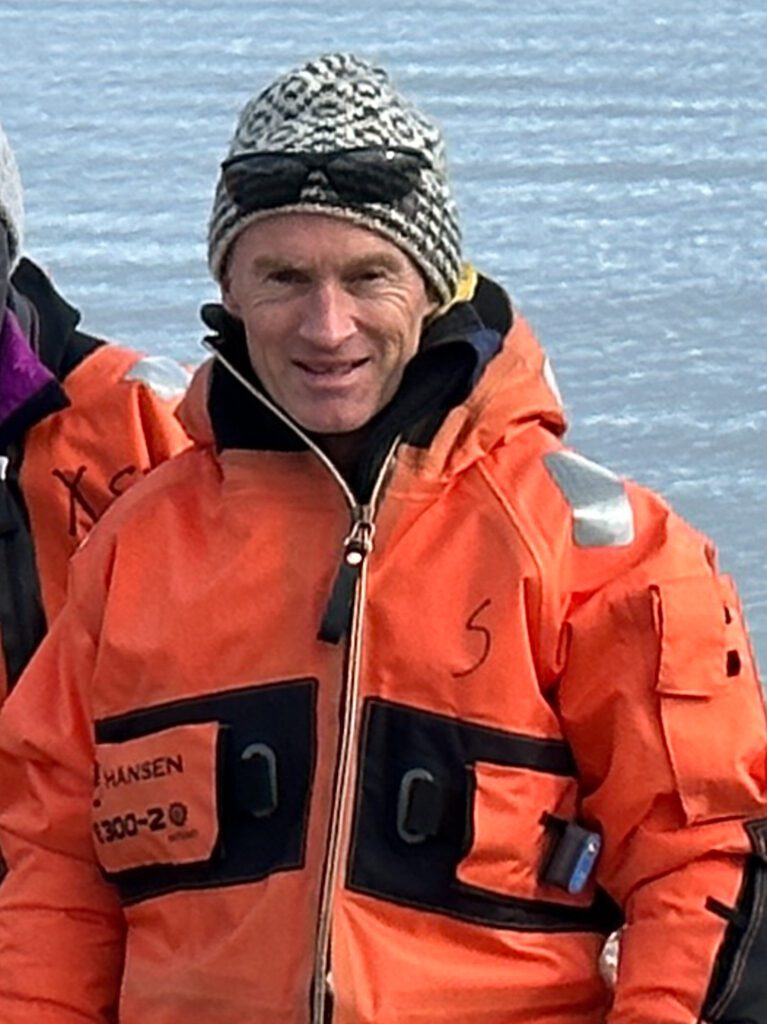Photo: Ingrid Kjerstad
Workshop in Ny-Ålesund: Friction and Fracture and the Onset of Geohazards
GEOLOGICAL DISASTERS: How does geological disasters happen? Can they be predicted?
A cross-disciplinary group from the Centre of Advanced Studies (Norway) visited Ny-Ålesund Research Station in August to discuss these questions related to the onset of geohazards. The group spent 4 days in Ny-Ålesund where they visited Kongsfjorden, the glacier fronts of Kongsvegen, Kronebreen and Blomstrandbreen. They also got to know the venue of Ny-Ålesund Research Station in terms of research activity and history.
For this specific group, Ny-Ålesund Reserach Station perfectly suits the idea of studying the onset of geohazards, including glacier instabilities. Ny-Ålesund is also the entry point to the field site on Kongsvegen for the MAMMA-MIA project (RiS-11473) which directly contributes to the aims of the projects through its investigation of the glaciers movement. The Research group is organized within the Centre of Advanced Studies at the Norwegian Academy of Science and Letters (CAS) and has been awarded a period at the CAS for the academic year 2023/24.
The cross-disciplinary project will provide insight into friction and fracture processes along geological interfaces. These processes control the initiation, propagation and arrest of fractures that lead to earthquakes, landslides, and glacier surges and therefore have crucial societal relevance.
Centre of Advanced Studies
– at the Norwegian Academy of Science and Letters
THE PROJECT: Friction and Fracture and the Onset of Geohazards
The setting of Ny Ålesund perfectly suits this idea. Also, it is the field site of the NFR project MAMMAMIA (RiS ID 11473) which directly contributes to the aims of the project at the Centre for Advanced Studies.
Thomas Schuler, Prof. at the Universtity of Oslo,
Fellow professor of the CAS project

Did you find what you were looking for?